
- One Dozen
- Fast Ball Speeds
- Low Spin Off The Driver
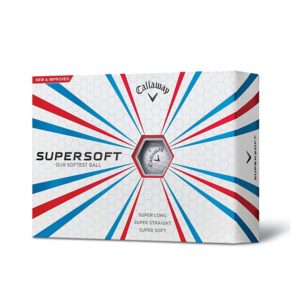
- One Dozen
- 35 compression
- Low Spin
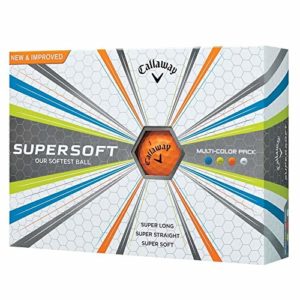
- One Dozen
- Tri-ionomer cover
- Super Long
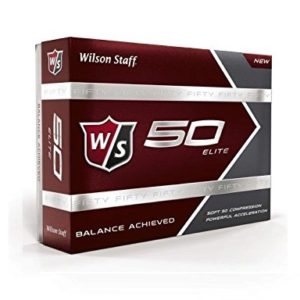
- One Dozen
- Composite
- Performance Balance
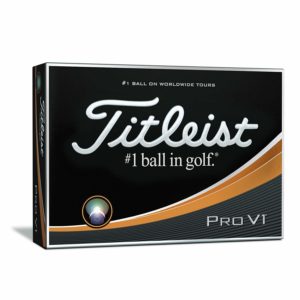
- One Dozen
- Very Low Long Game Spin
- Soft Feel
Choose the Best Golf Balls For High Handicappers
Customer’s Choice: the Best Rated Golf Balls For High Handicappers
53 users answered this survey. Please help us improve this review!
Are you a golfer with a very high handicap? If this is the case, not just any gold ball will do for you. You need a special kind of ball that is made for the needs of a player with a high handicap. With this in mind, let’s have a look at some of the best golf balls for high handicappers.
Table of Contents
Ultimate Course Control: Callaway Chrome Soft Golf Balls
 The new line of Callaway Chrome Soft Golf Balls is now available. These new soft golf balls have been designed to yield maximum course control. They have also been vetted to reach high speeds while still remaining fully controllable. They are soft to the touch, yet extremely viable and potent on the course.
The new line of Callaway Chrome Soft Golf Balls is now available. These new soft golf balls have been designed to yield maximum course control. They have also been vetted to reach high speeds while still remaining fully controllable. They are soft to the touch, yet extremely viable and potent on the course.
The new Callaway Chrome Soft Golf Balls have been specially designed to yield a very high standard of short game control. They have been completely reengineered from the cover to the core. They are also very useful in a long distance situation. You will notice the difference right away with a low spin off the tee.
A New Soft Solution: Callaway Supersoft Golf Balls
 Are you tired of hard, unyielding, and unresponsive golf balls? The new line of Callaway Supersoft Golf Balls may pose a workable solution. Their prorated level of 35 compression makes them the softest golf ball currently available on the market.
Are you tired of hard, unyielding, and unresponsive golf balls? The new line of Callaway Supersoft Golf Balls may pose a workable solution. Their prorated level of 35 compression makes them the softest golf ball currently available on the market.
The idea here is to yield a ball that is designed for both greater accuracy and distance.
Their low spin results in perfectly straight ball flight. Meanwhile, the Ultra Low Compression feature is designed to reduce total spin in order to increase distance. The new model is available in a variety of colors. This gives them a much higher of level visibility on the course, enabling them to be claimed much quicker.
A Rainbow of Difference: Callaway Supersoft Multi-Colored Golf Balls
 The new line of Callaway Supersoft Multi-Colored Golf Balls is here to give you a rainbow of accuracy and distance options. The balls come in a handy pack of a dozen each. Their multi-colored hues will render them extremely easy to spot on the course.
The new line of Callaway Supersoft Multi-Colored Golf Balls is here to give you a rainbow of accuracy and distance options. The balls come in a handy pack of a dozen each. Their multi-colored hues will render them extremely easy to spot on the course.
And they have been distance to yield better distances for the experienced player.
Because these balls are designed primarily for more experienced golfers, they may not be instantly recommendable for the amateur. However, if you are at the point where you are ready to step up your game, this new line of multi-colored balls may be the key. They have been carefully vetted by leading experts in the golf industry.
The Elite Handicapper’s Choice: Wilson Staff Fifty Elite Golf Balls
 The new line of Wilson Staff Fifty Elite Golf Balls has now been released. If you prefer your golf balls to be softer for greater impact, this is an excellent choice. The newly improved rubber chemistry has set the stage for a core that has been tested to be 22 softer than the balls currently being made by rivals in the industry.
The new line of Wilson Staff Fifty Elite Golf Balls has now been released. If you prefer your golf balls to be softer for greater impact, this is an excellent choice. The newly improved rubber chemistry has set the stage for a core that has been tested to be 22 softer than the balls currently being made by rivals in the industry.
Experienced players need not be put off by the aggressive core. This pro feature has been more than adequately offset by a specially designed response cover. This combination is vetted to create a balance between an increase in distance and a softer, more player handy feel. The result is a marked increase in total efficiency.
Ultimate Pro Level Grab Bag: Titleist Pro V1x Golf Balls
 The new issue of Titleist Pro V1x Golf Balls is designed to be the ultimate pro level grab bag. The package contains a dozen balls that have been specially vetted by experts in the golf industry. The idea has been to create a radically redesigned golf balls that is softer to the touch while still yielding expert results.
The new issue of Titleist Pro V1x Golf Balls is designed to be the ultimate pro level grab bag. The package contains a dozen balls that have been specially vetted by experts in the golf industry. The idea has been to create a radically redesigned golf balls that is softer to the touch while still yielding expert results.
This is a soft golf ball that has been designed to travel for very long distances. At the same time, the spin has been adjusted to yield a much more accurate rate of trajectory. This comes courtesy of a special attention paid to the creation of maximum efficiency via a newly formulated “drop and stop” spin control feature.
Buyer’s Guide
When shopping for golf balls, the first question should be what level of ball you actually need. If you are a player with a very high handicap, you are going to need a brand of ball that is designed to yield a few key features. These will include spin control, long distance, and overall softness.
Why Do You Need a Ball with a Thinner, Softer Cover?
There are a few reasons why a golf ball with a thinner and softer cover is going to yield better results for a player with a higher handicap. A ball with a proprietary cast thermoset urethane elastomer cover system has been specially formulated to give the best scoring control.
A common misapprehension is the cover contributes to the higher speed of the ball. This is not actually the case. A softer cover will certainly give you a faster flying ball, especially on more intense long distance shots. However, it isn’t the cover itself that provides this much anticipated result.
The key here is to generate a high level spin. In other words, the key factor is spin rather than speed, at least to begin with. This is especially critical on approach shots and short game shots. By reducing the cover thickness, you will enjoy a higher level of speed while enjoying full access to spin and improved control.
What is the Appeal of Multi-Colored Balls?
One of the most common questions we are bound to be asked is, “Just what exactly is the appeal of having multi-colored balls?” There are actually a few key factors that could be cited in support of this new concept. The first is convenience. If every other player on the field has standard balls, yours are bound to stick out.
It’s also a key factor that comes into play when you consider that you may be out on the links for an extended period of time. If you are playing in a group, you will want to have a set of balls that are easily recognizable. This is all the more crucial if you are playing through the course past another group of players.
The more easily you can recognize your own balls and distinguish them from another player’s, the more quickly and peaceably you can play through. Viewed in this light, playing with multi-colored balls becomes an issue of practicality rather than an unwarranted demonstration of egoism.
A Higher Rate of Spin Control Yields Positive Results
When you are out there on the green, the last thing you want to do is sacrifice your spin control. A heavier grade of golf ball may seem to be the answer. However, on closer reflection, this is a conclusion that may ultimately prove to be a bit short-sighted. A heavier ball is the not the key to improved spin control.
Tests conducted by experts in the golf industry seem to have yielded results that prove the exact opposite. The softer the ball, the higher the level of total spin control you are bound to have. There are a number of verified reasons why this is the case. Soft urethane simply seems to be more aerodynamic as well as more controllable.
Softer Balls are Better for Slower Swing Speeds
It should also be pointed out that softer balls seem to yield better results at slower swing speeds. This seems to be the case because softer balls compress easier. As a result, they respond better to lower club head speeds. This gives you a much more dynamic range of expression when choosing how to approach the ball at the next hole.
Golf Balls for High-Handicappers FAQ:
Do golf balls matter for high-handicappers?
Yes, they matter for all golf players, despite their handicap level. High-handicappers prefer investing in the balls with such technical specifications:
- Design – surlyn-covered 3-layer balls can deliver more durability, control around the green and better response;
- Distance – the fewer the layers the ball has, the more distance it can deliver;
- Dimples – the balls with shallow and wide dimples can reach the farthest distance;
- Spin – if you need more spin rather than distance, consider choosing the balls with more dimples (deep not shallow) and more layers (from 3 to 5). But high-handicappers prefer the balls with the lowest spin rates;
A few premium ball sets for high-handicappers that are worth checking:
- Callaway Chrome Soft;
- Srixon Z Star 6 XV;
- Bridgestone E12 Speed;
- Volvik Crystal;
- Titleist Pro V1X;
- Wilson Staff Fifty Elite;
- Nitro Maximum Distance;
What could be the greatest golf ball for a 20-level handicapper?
A few factors should be considered when you pick the balls for 20+ handicap:
- Construction – consider choosing 3-layer balls with low compression and reduce spin;
- Cover of the ball – surlyn-covered balls can deliver more spin but they are not forgiving. So mid-handicappers prefer playing with the balls covered in urethane instead of surlyn.
- Dimples – beginners should pick the balls with shallow dimples to prevent the drag. The faster your swing speed, the more dimples should the balls have;
- Distance also matters. Check the golf balls for beginners and choose the one that suits your speed. For example, you may try Callaway’s Chrome Soft or Golf Supersoft. The Bridgestone E6 Speed balls are also recommended for the players with a low handicap.
Which balls are picked by average (mid-handicap) players?
Mid-handicappers (average golf players) usually seek the balls with the lower compression (around 70-80) to deliver slower swing speeds. In such a way, they can hit and land the balls at a long distance.
If your current handicap is more middle than low, you should consider using 3-layer balls. They are a bit pricier than 2-layer soft balls but they can easily take the game to the next level. Such balls are also more forgiving if you have a slow swing speed.
Most professional mid-handicap players tested and recommended such ball sets:
- Srixon Q-Star Tour;
- Callaway Chrome Soft;
- Bridgestone e6;
- Callaway Supersoft;
- TaylorMade V3;
What is the easiest ball to hit?
It is hard to tell what golf balls are easy to hit. Because of the handicap level and your putting techniques have to be considered.
The USGA defines the distance the ball travels as one of the key specifications to look for. Swing speed has to be taken into account at this point. For instance, high-handicappers prefer using the balls with the maximum degree of compression. Such balls can deliver more spin but may lack some distance. While beginners tend to choose the soft balls for achieving the long-distance shots.
Gliding through the air is another thing to look for. Firmer balls tend to be more accurate when flying in the air and landing on the green. Also, the surlyn-covered balls stop faster than softer balls covered in urethane.
The most important thing to understand – there is no one-size-fits-all ball on the terms of delivering the best performance. Skilled players prefer balls with the best striking abilities and greenside control.
That is why they choose high-compression balls. Beginners a.k.a. occasional golfers who play for fun prefer choosing mid or ultra-low compression balls. Such balls are harder to control but they deliver better distance results.
These ball sets can be great for the long-distance hits:
- Titleist Velocity;
- Srixon Soft Feel;
- Volvik Crystal;
- Callaway Superhot 55;
- Bridgestone E6;
What is the hardest golf ball?
When golf players say the hardest ball they actually mean the ball with the highest compression level. Even beginners understand that soft balls are slower than hard balls. That is why mid and high-handicappers prefer training and playing with the hard balls to get better control over the ball flight, distance, spin and speed. If you spin over 85 mph then you should only use hard balls.
Though many professional athletes believe that the balls that are fast at 110 mph are also fast at 85 mph. You should consider checking the ball’s construction instead of its speed. It is a disputable theory but the design can really make a difference.
Typically, 2-piece surlyn-covered balls have a firm feel and low spin. They provide the maximum distance by being struck with a driver or iron. But instead, players may lose control around the green.
According to the numerous tests and expert recommendations, there are a few ball sets with the firmest (hardest) feel and compression:
- Bridgestone Tour B330 (the compression rate is about 115);
- Pro V1x (the compression rate is 108);
- Forb F5 golf balls (the compression rate is 90);
Be careful when playing with the hardest golf balls because you have to deliver precise and accurate hits. Only high-handicappers may handle these balls.
What colors of golf balls have the best visibility?
This question is really interesting right now because the manufacturers of golf balls make them in various colors. There are even bi-colored, multi-colored and LED balls available in the market. All these balls have the visibility factor meaning how far you can see their color on different surfaces and in the air.
Typically, high-visibility balls are of bright yellow or orange colors. But the manufacturers claim that red, blue, pink and even green-colored balls can have high visibility rates. Usually, professional golf players pick the color of the balls for better tracking on different surfaces.
Not just the color of the balls but the finish matters. Some experts claim that the balls with matte finishes keep the sheen away and so you could easily notice them in the sun-drenched field.
Individual color perception also matters. Some people have average or poor eyesight so they need to use bright colored balls whenever they play.
And it matters what shades you wear. If you prefer classic black shades, you need to invest in bright, if not neon, colors like pink, orange or yellow with a glossy or shiny effect.
Check the popular Z-star colorful sets by Srixon. The brand Volvik has many options in high visibility colors.
Interesting Video: Titleist Pro V1X vs Titleist Velocity – Expensive Golf Balls vs Budget Golf Balls
Conclusion
The top 5 golf balls on our list have been chosen for a reason. They reflect the very highest modern standards of manufacture, use, and application. They have also been subjected to rigorous testing to make sure that they live up to our strictest expectations. For all of these reasons, we recommend each of them very highly.

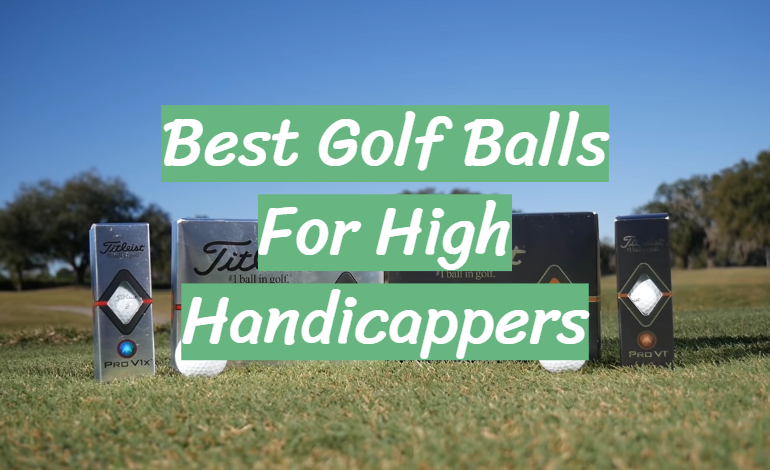

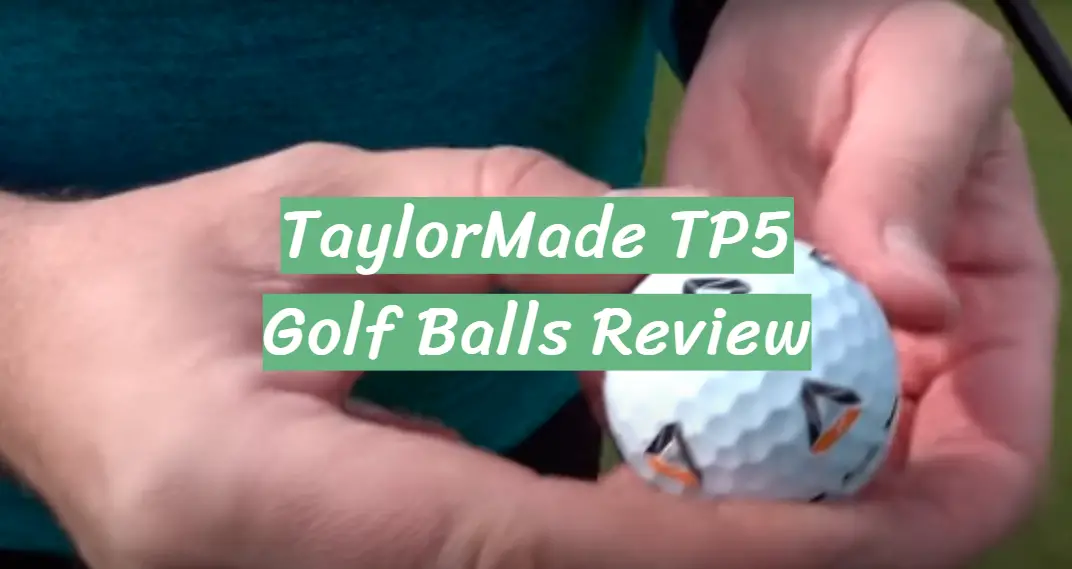
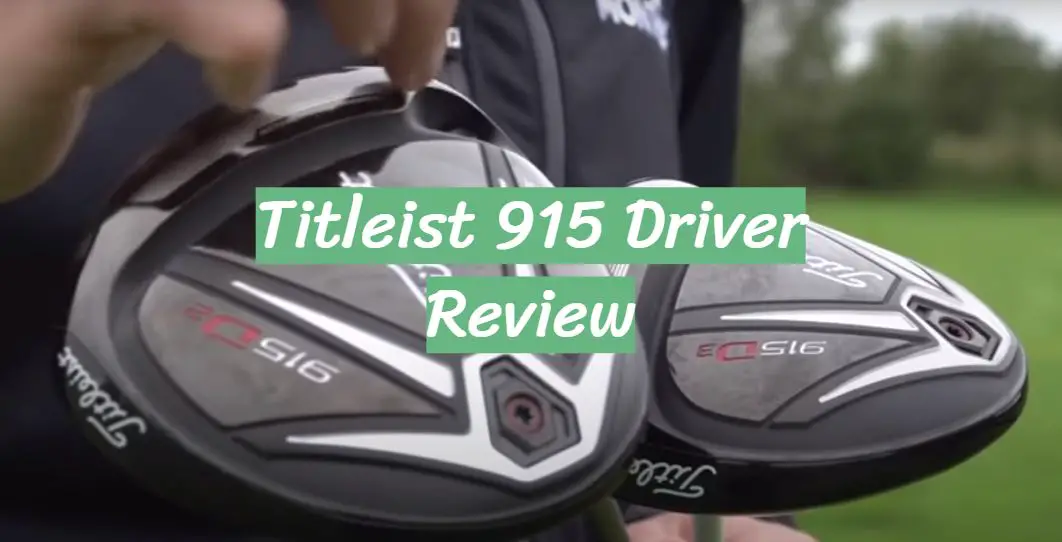
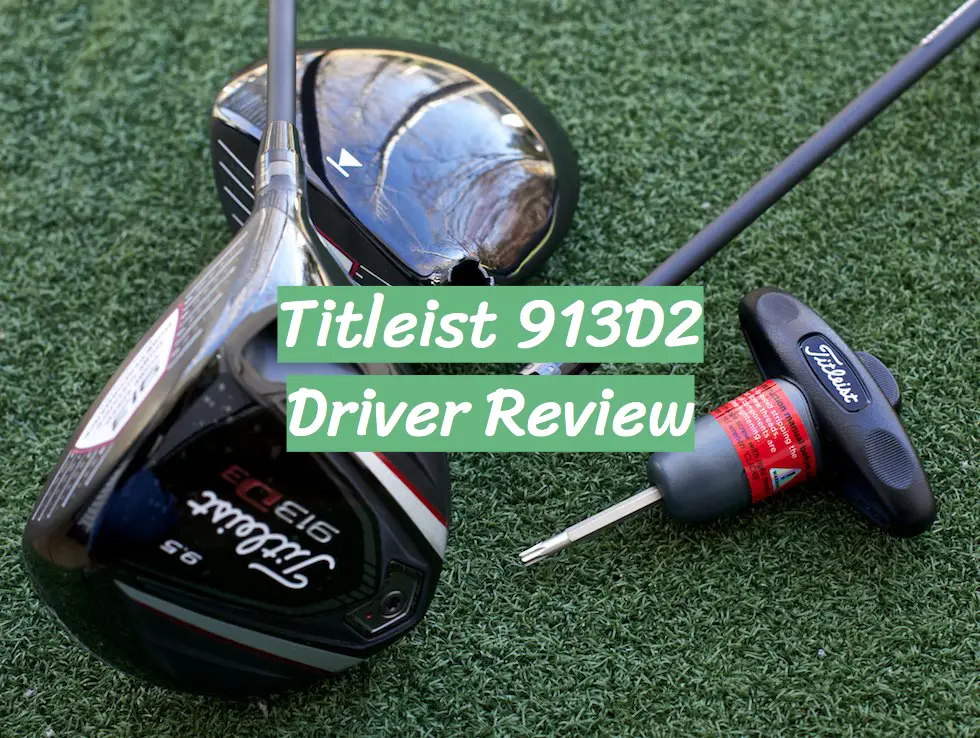
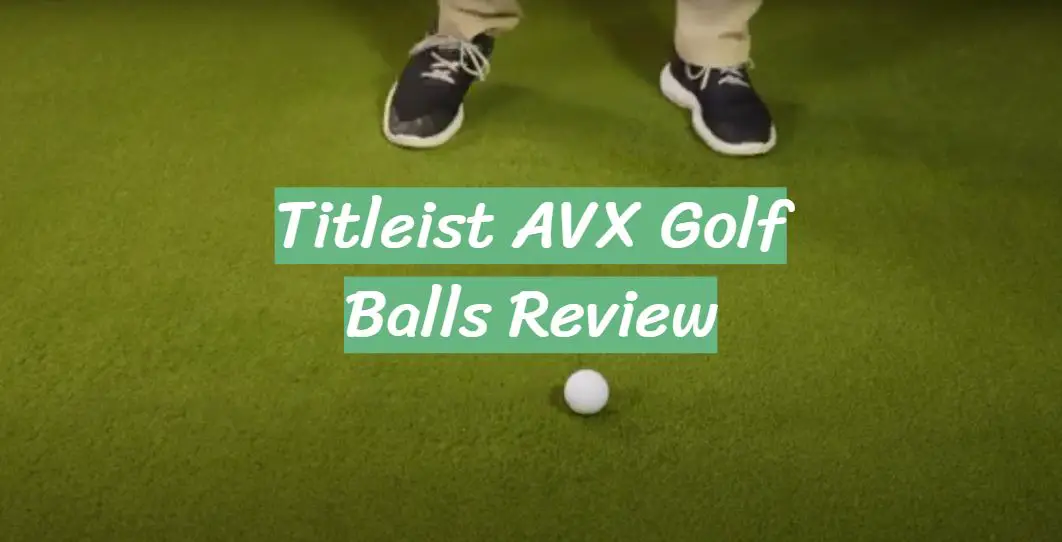
Not a lot of choices out there but I appreciate the reviews for golf balls for high handicappers. I’ll be back soon with my rating.
I randomly pick Callaway Golf Balls. I see the company as a top-notch when it comes to golf accessories so I believe them to have the best golf balls for high handicappers